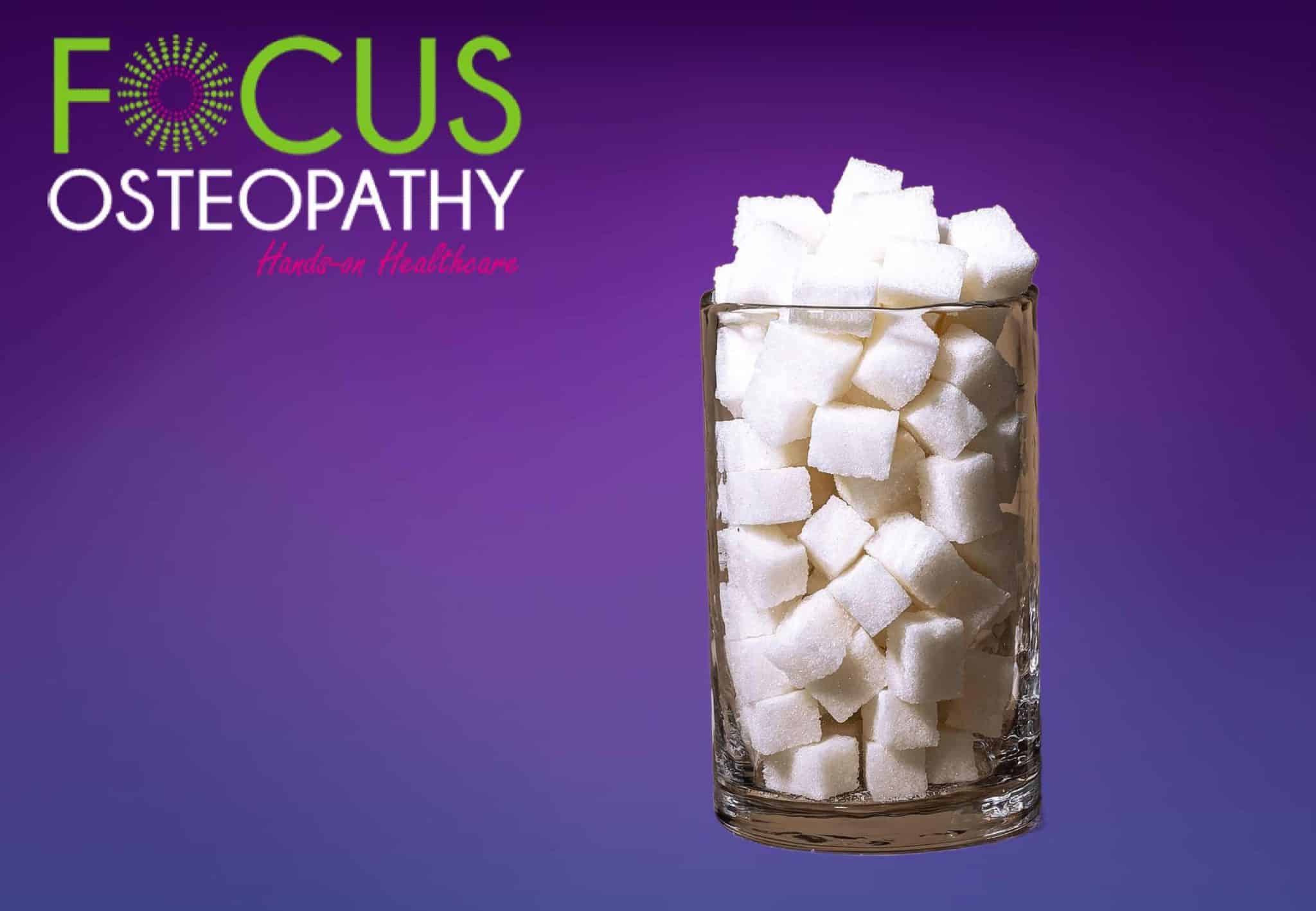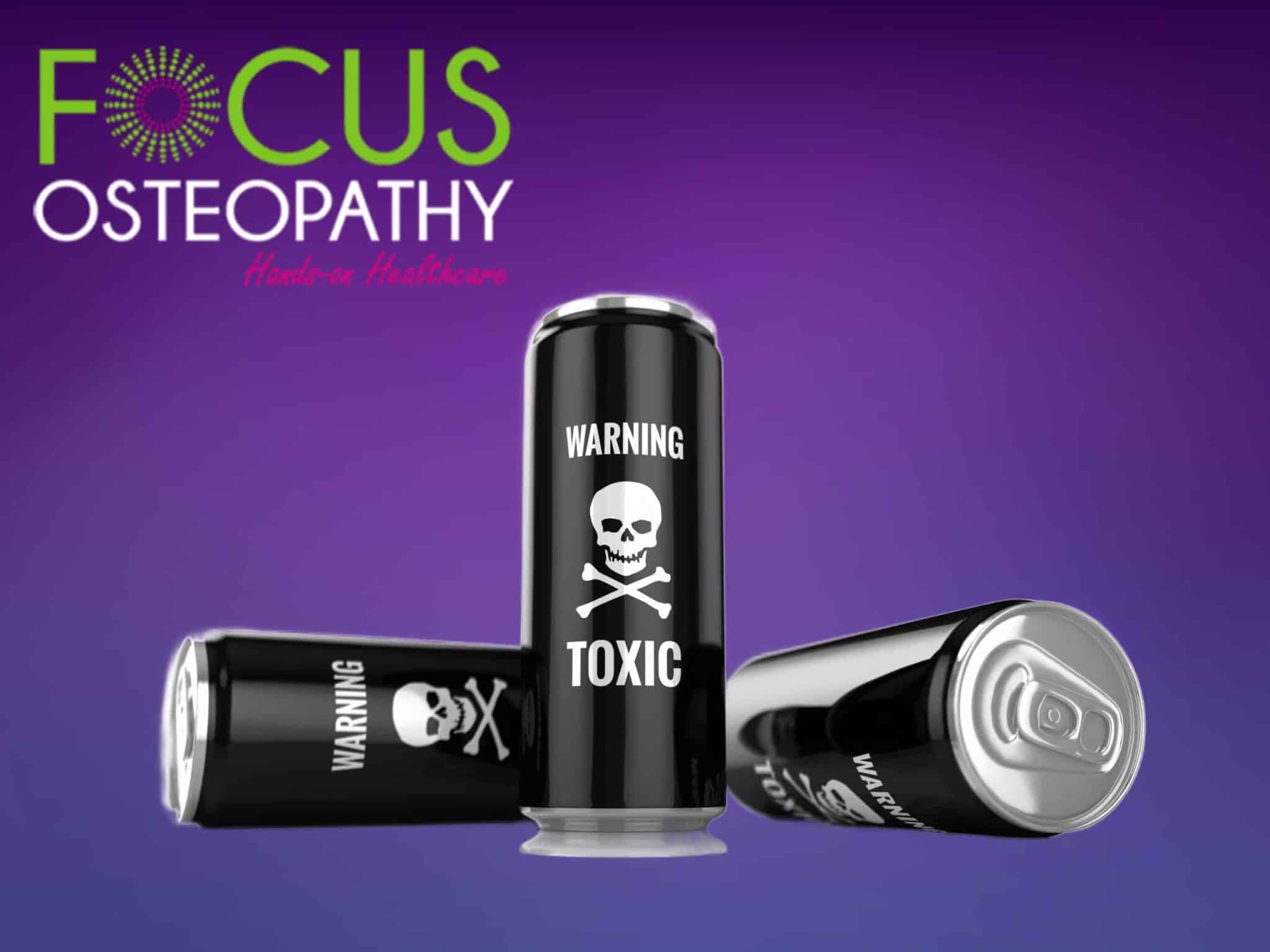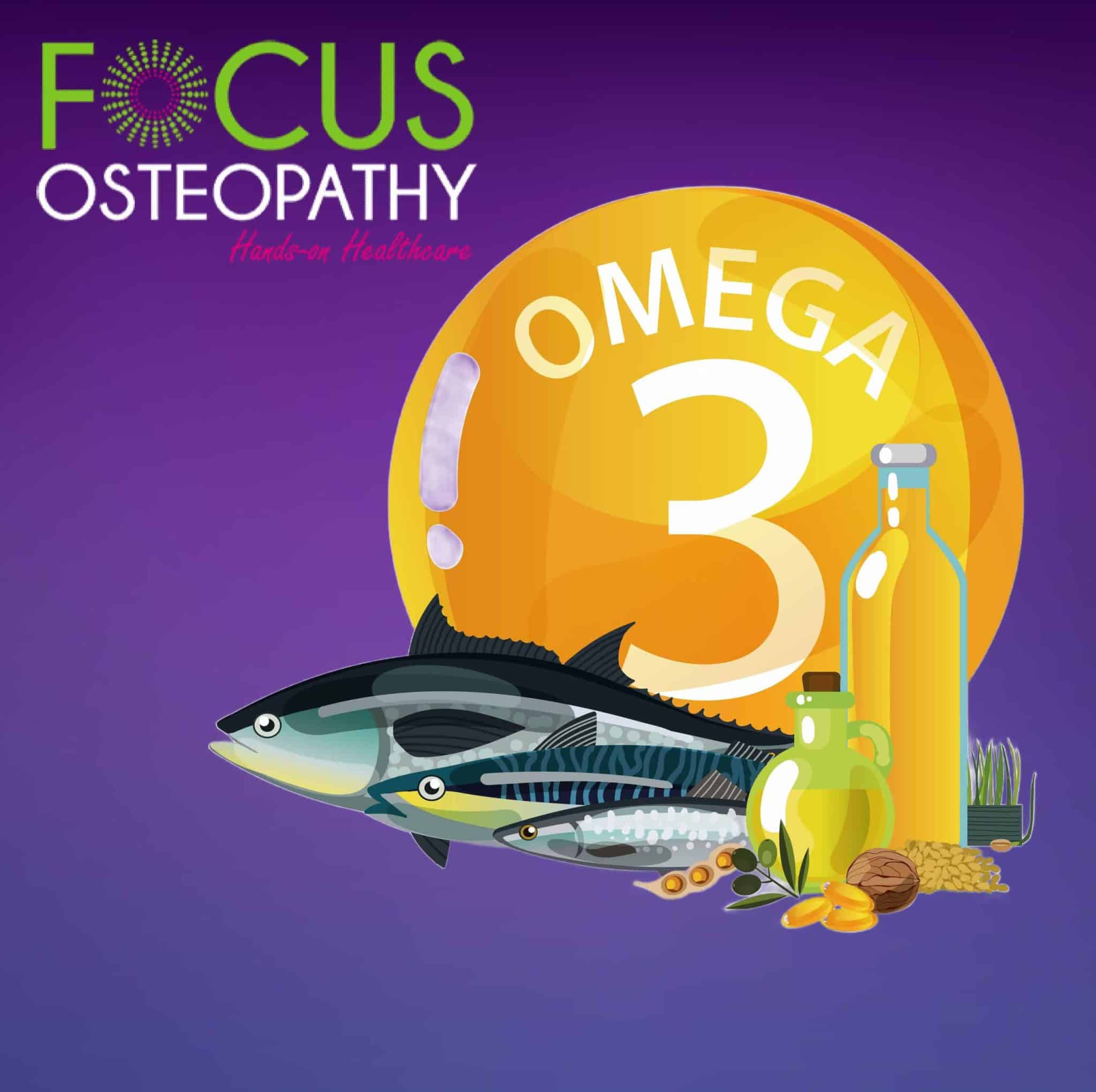Our Bittersweet Relationship with Sugar
If you live with diabetes, the dangers of high blood sugar will remain prominent. Put simply – regular stretches of high blood sugar levels can result in permanent damage to parts of the body. And we aren’t talking about your fingernails and nostril hairs, either. After long periods of sugar consumption, your eyes, kidneys, nervous … Read more




